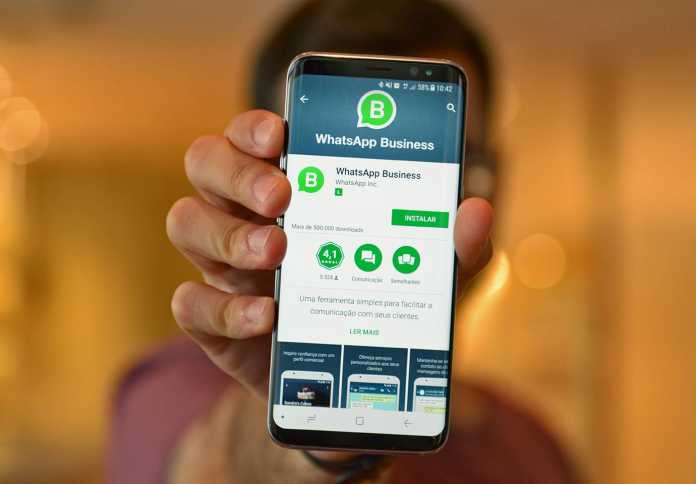A look at the history of Whatsapp and how it makes it money.
The Beginning of Whatsapp
Before starting WhatsApp in 2009, founders Jan Kaoum & Brian Acton worked together at Yahoo from 1998 to 2007. In January 2009 the founders purchased an iPhone, soon realising that the app industry was an untapped market. The first version of WhatsApp was not even a messaging app; all users could do was update their statuses to be seen by others in their network. When Apple launched its Push notifications in 2009, WhatsApp gained user traction because it allowed users to be pinged when someone in the network updated a status. Users enjoyed this functionality so much that they began to use the app to ping one another, making room for Whatsapp to be converted into an instant mobile messaging service. This messaging feature was added in WhatsApp version 2.0, after which the number of users grew to 250,000. Whatsapp was designed to become a better alternative to SMS text messaging. The strategy proved to be effective and the app became viral, a go-to medium for many mobile users who liked the cross-platform messaging. This app created a biosphere of communication with no limitations, enabling people to enjoy a global connection service without having to pay for sending and receiving texts. All that is needed is an internet connection. What is interesting is that Whatsapp does not earn its revenue from any advertisements, instead it focuses on accelerated user experience.
So, How Does Whatsapp Make Money?
One of the earliest revenue generation strategies of Whatsapp came through from an initial funding of $250K from some ex-Yahoo! People, who eventually became the co-founders. Later on, Sequoia Capital invested about $60 million, delivering the second and third round of funding. This became the primary source of income for WhatsApp’s 50 first staff members. The initial cost was limited to sending verification codes to new users, but the running of the specific application was not a major expenditure. The app then also waived off the $1 subscription fees. When the work towards making the app an instant messaging application began, the capitalization of the network effect that would be created was the primary focus for the developers. The strategy of creating a network first, and making the money later proved to be an effective course of action for the app. This also piqued the interest of Facebook founder Mark Zuckerberg, who later acquired it for $19 Billion in 2014. This shift led to many of WhatsApp’s employees moving to Facebook payrolls, including Koum who is now also on the board for Facebook.
Use of Business API
Now Whatsapp makes its money through its WhatsApp for Business API product, an example of proficient business expansion with the inception of its most robust revenue earning product known as Whatsapp Business API. This new product gives businesses an incentive to integrate their Whatsapp into their systems and utilize the notifications from the product. This can help reach out to a completely new customer base. In order to restrict spamming and advertisements that could bother users, Businesses can only send messages to contacts known to them, or if a user contacts them first. Whatsapp then pursued a strategic framework to generate revenue from the Business API, charging companies for slow replies. This means that any business using Whatsapp can reply to a message from a user within 24 hours for free, after which they will have to pay for every message being sent. The fee can vary from country to country, and businesses are able to reply manually through different apps like Zendesk or MessageBird.
Trouble with Whatsapp Business API Integration
However, this strategy is not compatible with companies that deal with a huge database containing millions of users. It is suitable for small to mid-level firms who can choose to reply to users anytime they wish. Also, to install the API, a separate number is required. It cannot be used on a number that already runs its own WhatsApp.




